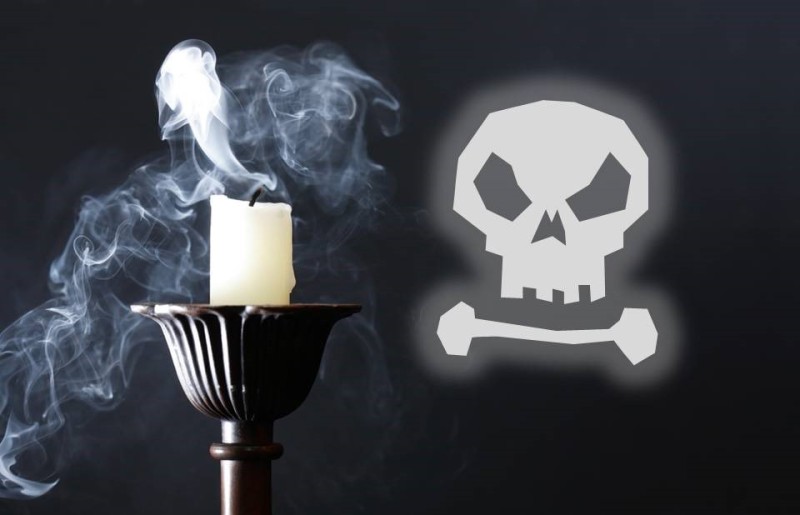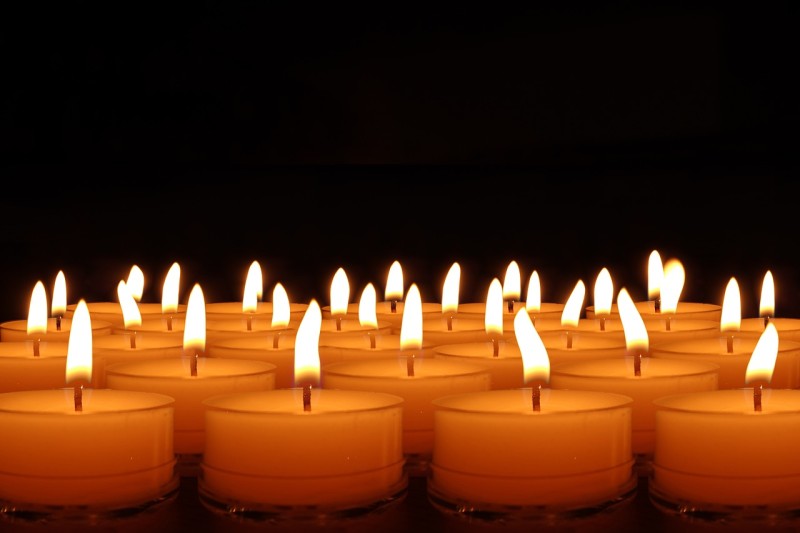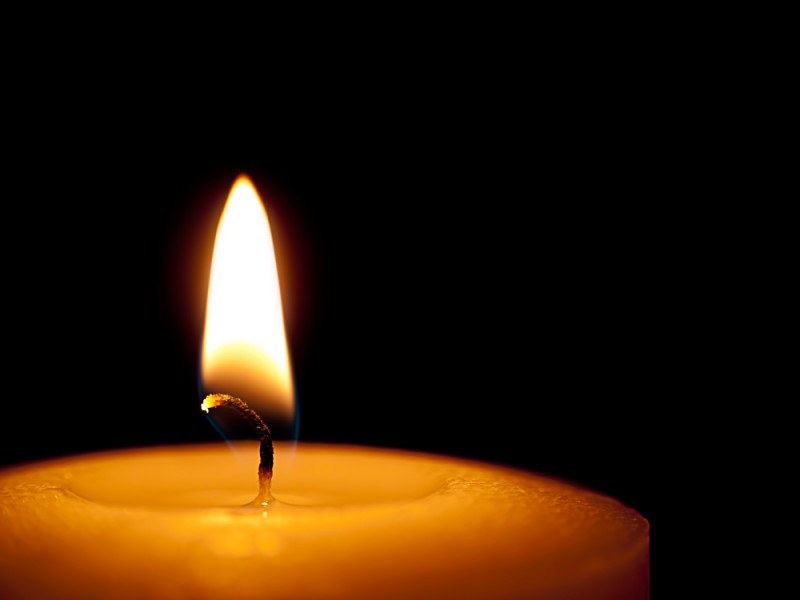The dangers of cigarette smoke are well known. Many states have banned smoking in public areas, cars, and public transportation. What if I told you that burning a scented candle in your home could be equally as dangerous? Andrew Sledd, a pediatrician with a specialty in Environmental Toxicology, suggests this is the truth. He says that burning a scented candle for just one hour can be just as harmful as one cigarette. The soot from a scented candle may contain toxic chemicals such as lead. These chemicals enter our airways and infect the lungs of our loved ones.
Candles have been used since at least 500 bc. Candles once provided a needed light source during dark days and nights. Since the advancement of electricity to our homes and businesses, the need for candles as light is no longer necessary. Candles are mainly used now for celebrations, deodorizing, and mood setting.
James Young, a Scottish Chemist, distilled the first paraffin in the 1850s. He did this by distilling cannel coal at a low heat. Paraffin is cheap to produce and readily available. This makes it the primary substance for candles. Because Paraffin is a by-product of fossil fuels, by burning paraffin we are compromising our air quality.
According to a report by the EPA, paraffin wax candles release small amounts of harmful chemicals when burned.
Acetaldehyde – It is produced as a food additive and flavoring. It is in candles for the perfume and dyes. Acetaldehyde has been known to cause irritation to the lungs, eyes, nose, and throat while also being a possible carcinogen.
Formaldehyde – Is used in several goods including wood, glues, pesticides, and paints. While this is naturally occurring in nature, overexposure can have harmful side effects. It is a known carcinogen that can also cause eye, nose, and throat irritation. It may also increase the risk of developing allergies and asthma.
Dioxins and Furans – These serve no purpose. They are by-products of industrial activities and combustion processes. Exposure to these has shown to cause physical weakness, depression of the immune system, and changes in liver function.
Polycyclic Aromatic Hydrocarbons (PAH) – These are found in the soot and smoke of the candle. They occur when coal, gas, or oil does not burn completely. Many of these PAHs are carcinogens.
When 30 candles were burned in a 125 square foot space for 3 hours, all levels of known carcinogens reached above acceptable levels. Many scientist says that there is no safe level of exposure to a carcinogen. Even if you just burn a candle occasionally, the risk is still there.
Lead exposure has even been linked to candles. Lead is put into wicks to help them stand straight in the wax. In one study, a research group “purchased 285 candles from 12 stores, excluding candle-only stores, and tested the wicks for the presence of lead. They found that nine candles, or 3% of the candles they purchased, contained lead.”
Many companies stopped using lead and switched to other metals instead. Zinc and Tin were used as replacements. This is not much better. Inhaling large amounts of zinc (as zinc dust or fumes from smelting or welding) over a short period of time (acute exposure) can cause a disease called metal fume fever.
What should you do now for home deodorizing and ambiance? Luckily, there are safer alternatives to paraffin wax candles.
Beeswax candles are easy to make and burn cleanly. They even have a great smell and are dripless.
Soy candles are another great way to go. Make sure they are organic and free of GMOS, pesticides, and herbicides. You can even make your own just use essential oils instead of fragrance blocks.
Palm Wax candles also burn cleanly and for a very long time.
Diffusing of essential oils is great for deodorizing! I do it almost every day. Just simply place filtered water with a few drops of your favorite essential oil into a cold vapor diffuser. I love diffusing lavender and clove essential oil.
Candle warmers release the scent of one’s favorite candle without the harmful effects of burning.
Source:
KFVS12 News
Natural Living Ideas
EPA




